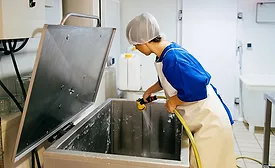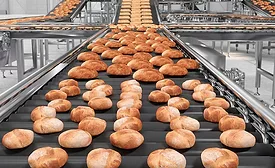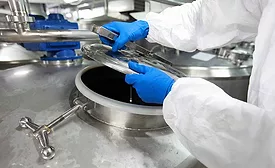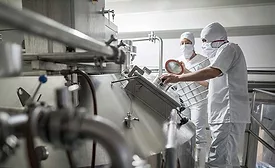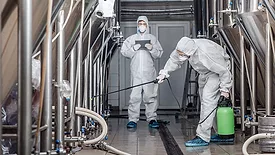Home » Keywords: » hygienic design
Items Tagged with 'hygienic design'
ARTICLES
Sponsored Content
Expert insights on preventing contamination and equipment failures through purpose-built electrical systems designed for harsh food processing environments
Read More
Hygienic Design: How are Processors Coping With This Essential Element of Food Safety?—Part 2
Food processors elaborate on their sanitation program's fundamentals and challenges
June 19, 2025
Hygienic Design: How are Processors Coping With This Essential Element of Food Safety?
Hygienic design of both equipment and processing facilities is important for the consistent production of safe food
April 11, 2025
Fundamental Requirements of the 3-A Sanitary Standards and their Relationship with Regulations
Although the 3-A Standards are not regulations, many regulatory authorities treat them as such to permit the use of equipment for food or dairy processing
December 19, 2024
Factors to Consider Before Making Decisions, and the Importance of Training
New hygienic design guidance focuses on food safety and quality, offering a step-by-step approach to hygiene risk management
December 16, 2024
Designing for Greatness while Considering Total Cost of Ownership
The total cost of ownership, and not only the price tag, is critical to consider when evaluating the hygienic design of equipment
April 10, 2023
Never miss the latest news and trends driving the food safety industry
Newsletters | Website | eMagazine
JOIN TODAY!Copyright ©2026. All Rights Reserved BNP Media.
Design, CMS, Hosting & Web Development :: ePublishing

